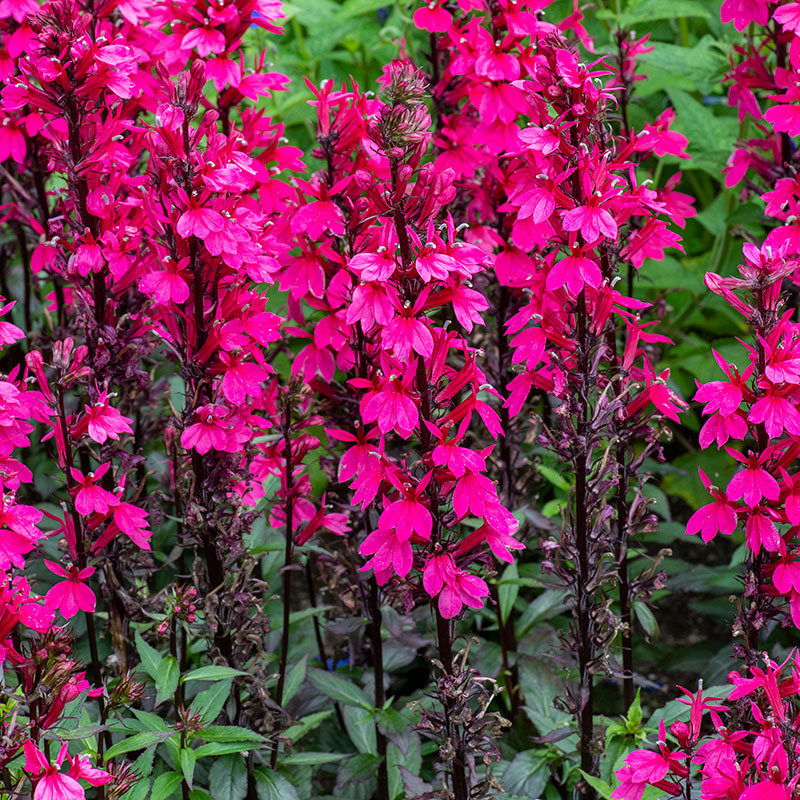Plant
Bee Balm 'Grand Marshall'
Monarda hyb.
A tremendous asset to the summer garden, 'Grand Marshall' has gorgeous reddish-purple flowers, a graceful mounded shape–not too tall, not too short–and impeccable foliage. It is a perfect choice for enticing hummingbirds, bees, and butterflies into your garden.
SKU #P8126
Buy more and save!
| Minimum Qty | Discount |
|---|---|
| 3 + | $0.20 off each |
| 6 + | $0.45 off each |
Growing Companions




































